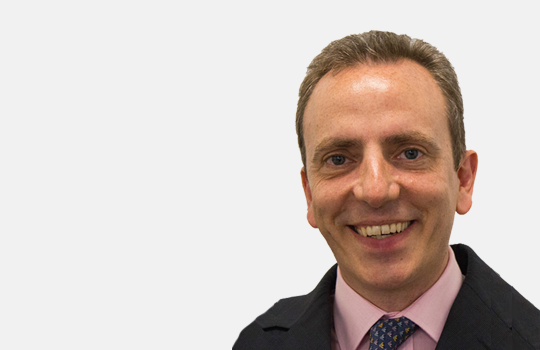The first time I read Richard Benson’s book on how to get an F in your exams, I was seriously worried about the future of civilization. When asked for an explanation of the term “hard water,” one student answered “ice.” When asked what natural selection meant, one student wrote that it meant that “the two captains just have to go with their instincts to pick their teams”. [1] What were children learning at school if they knew so little? But as I read on, I started to realise that many of the answers were deliberate mistakes and that the students knew perfectly well what the correct answers were. They were sending up the system and ridiculing exams. The joke was on us.
When working my way through medical school, I also remember being asked some strange questions. Here are a few that spring to mind: “Who was Dominic John Corrigan?” (he described the collapsing pulse of aortic regurgitation). Or “What is the name of the great shipbuilding firm in Belfast?” (the answer is Harland and Wolff—many former employees eventually developed asbestos-related lung disease). These questions came up at vivas—which many examiners saw as open season to fire whatever questions they wanted at unsuspecting trainee doctors. The questions had little or nothing to do with the practice of clinical medicine—which is what the exam was supposed to be about.
Is the assessment system better today? The system of appraisal and revalidation relies on a number of foundations—one of which is gaining an adequate number of continuing professional development credits. This is sensible, but sometimes it results in doctors pursuing credits at all costs and to the detriment of education. In most systems one credit counts for one hour and you can get credits for going to lectures. This is despite the fact that it is difficult to maintain concentration for an hour in a lecture hall and, even if you could, the content of the lecture might not be relevant to your actual practice.
Is there a better way of doing things? One way might be a greater emphasis on self-directed learning. At its simplest, self-directed learning means seeing a patient and not being sure what to do and then finding out and putting your learning into action for the benefit of your patient. The whole process takes seconds or minutes and doctors do it all the time. Wouldn’t it be great if you could get credits for this activity? Some accrediting bodies do allow this. But even then, how do you keep a record of it all?
BMJ Best Practice is a clinical decision support tool to be used at the point of care—it now has a tracker that enables you to keep a record of all the topics that you have searched on it. The tracker works online and also offline—when using the app. By definition all activities will be based on a learning need of one type or another. You can also keep a record of how you have put your learning into action. It is quick—the process should take seconds or minutes rather than hours. It might be a good way of avoiding an F at your appraisal.
Kieran Walsh is clinical director of BMJ Learning and BMJ Best Practice. He is responsible for the editorial quality of both products. He has worked in the past as a hospital doctor—specialising in care of the elderly medicine and neurology.
Competing interests: Kieran Walsh works for BMJ which produces a range of resources in medical education and clinical decision support.
References
- Benson R. F in Exams: The Best Test Paper Blunders
